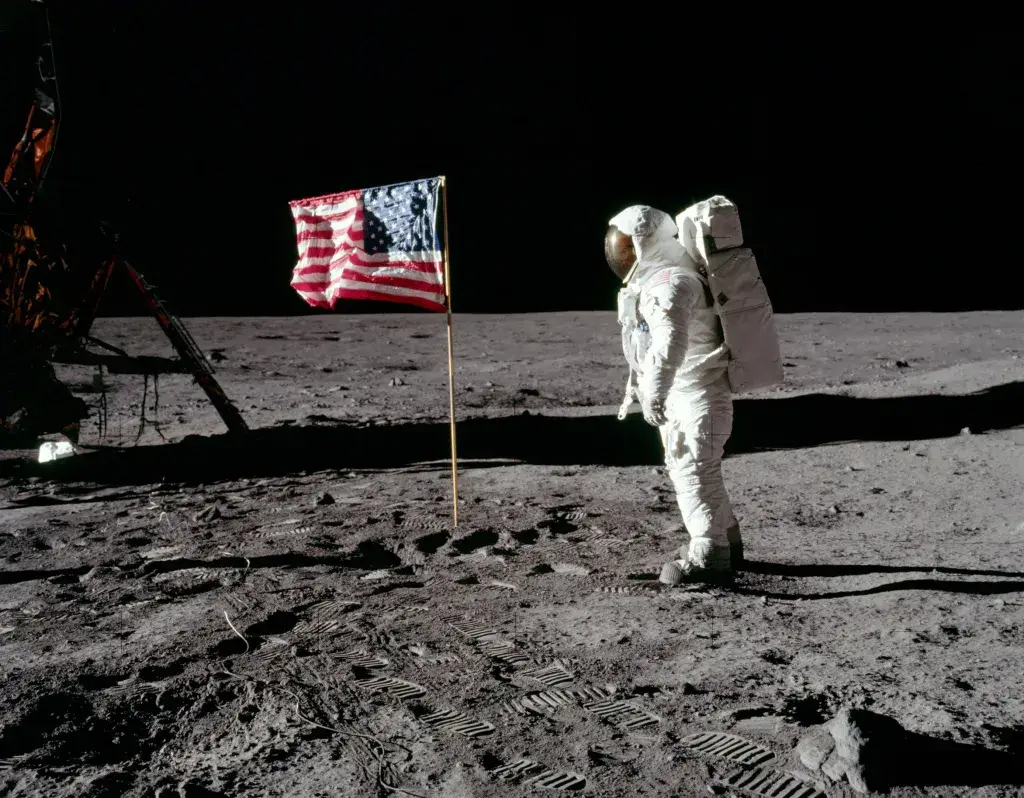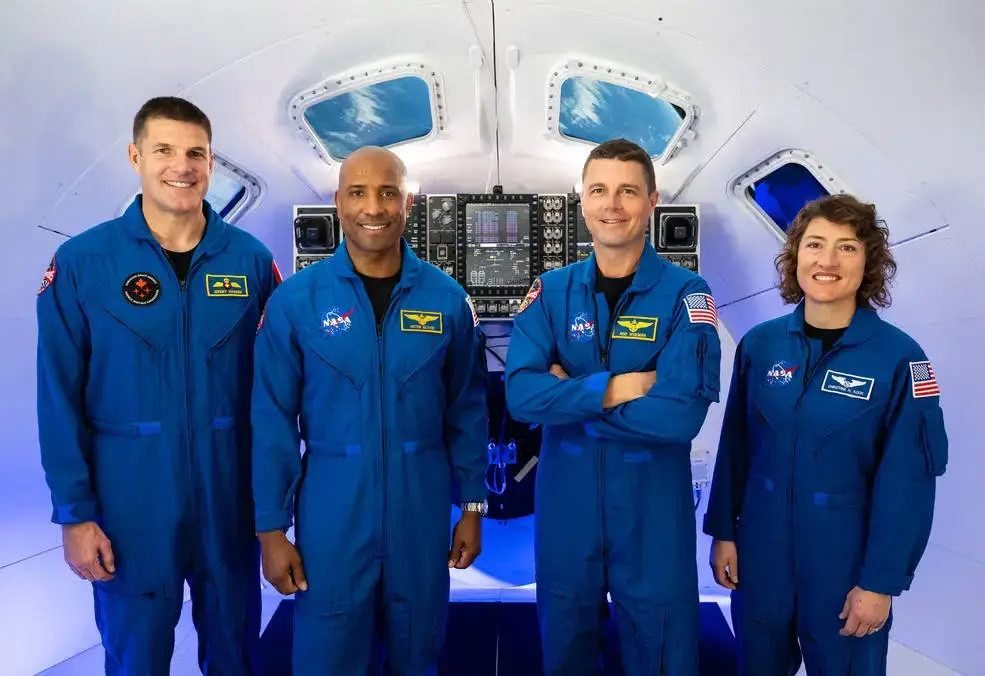As we gear up to head back to the moon after over fifty years, NASA’s Artemis II mission isn’t just about picking up where we left off; it’s a daring new vision for space exploration in the 21st century. Set to launch in late 2025, this pivotal mission will put to the test the systems and capabilities necessary for creating a lasting human presence beyond low Earth orbit—something the Apollo program never ventured to do.
The Historical Context

The original Apollo missions, which took place between 1968 and 1972, were born out of the fierce geopolitical rivalry of the Space Race. Apollo 8 made history by orbiting the moon in 1968, and just seven months later, Apollo 11 achieved the incredible feat of landing on its surface. These missions showcased remarkable technological advancements, all while operating under significant political pressure. While they were undoubtedly engineering successes, they felt more like a sprint than a long-distance run—once the political goals were met, the program was quickly scaled back.
Artemis II carries forward this legacy, but it does so in a completely different environment. Instead of being fueled by the tensions of the Cold War, today’s lunar program is all about global teamwork and thoughtful, long-term strategies. The real importance of this mission goes beyond its immediate goals; it’s about paving the way for humanity’s future in space.
Mission Profile and Innovations
Artemis II will send four astronauts on a 10-day mission to lunar orbit and back, marking several historic firsts:

Crew Composition: This diverse four-person team showcases NASA’s dedication to inclusivity, featuring the first woman and the first person of color to journey into lunar space.
The Orion Spacecraft is an exciting leap forward in crew vehicles, boasting cutting-edge life support systems, robust radiation protection, and computing power that would have seemed like science fiction back in the Apollo days. Plus, its service module, courtesy of ESA, highlights the collaborative spirit of today’s space exploration efforts.
Deep Space Testing: Unlike the Apollo missions that headed straight for the Moon, Artemis II is set to test the systems we’ll need for future missions, using the Lunar Gateway as a launchpad for surface explorations.
Technological Advancements Over Apollo
Computing Power: The guidance computers used in Apollo had a mere 64KB of memory—less than what you’d find in a modern smartwatch. In contrast, Orion’s systems benefit from five decades of advancements in semiconductor technology.
Materials Science: Thanks to modern composites and 3D printing, the Artemis spacecraft are not only lighter but also more durable.
Life Support: With closed-loop systems, we can now embark on longer missions while using less consumable resources.
Safety Systems: The inclusion of launch abort capabilities and redundant systems significantly enhances the safety margins for the crew.
Why This Matters for Humanity’s Future
The real importance of Artemis II is that it serves as a crucial stepping stone for exploring beyond our planet. The systems being tested during this mission will lay the groundwork for future missions to Mars. Plus, the international collaborations fostered through Artemis are building a framework for peaceful cooperation in space.
Conclusion
While Apollo will forever be cherished as humanity’s first leap into another world, Artemis II signifies something just as important – our commitment to making space exploration sustainable, inclusive, and forward-thinking. It’s not about overshadowing past milestones; it’s about building on them to pave the way for a future where exploring the Moon and beyond becomes a regular part of our journey. As we stand on the brink of this exciting new chapter, Artemis II serves as a powerful reminder that the most remarkable achievements in space exploration are still waiting for us.

Leave a Reply